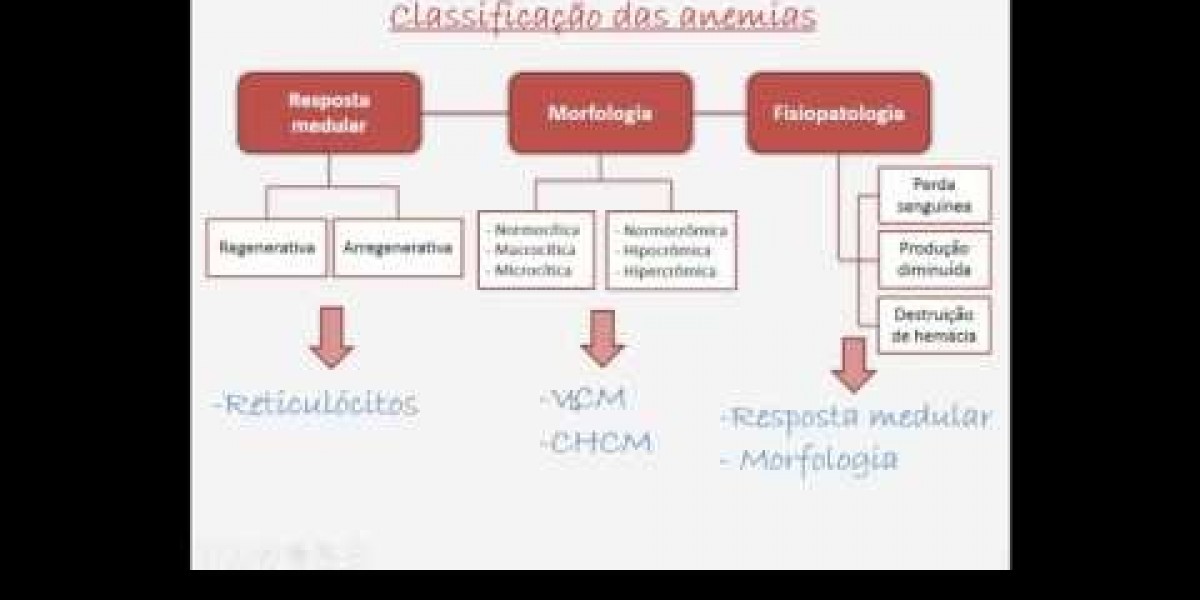As a business owner, ensuring a comfortable, healthy, and productive environment for your employees and customers should be one of your top priorities. One of the key factors that contribute to a positive indoor atmosphere is proper commercial ventilation. Whether you run a restaurant, office, retail store, or manufacturing facility, the air quality inside your space can greatly impact your employees' well-being, your customers' experience, and even the efficiency of your operations.
In this guide, we’ll walk you through the basics of commercial ventilation, why it matters, the types of systems available, and how you can make sure your business is well-ventilated for optimal performance.
What is Commercial Ventilation?
Commercial ventilation refers to the process of exchanging indoor air with fresh outdoor air in a commercial space. It’s a crucial aspect of maintaining indoor air quality (IAQ) and ensuring that there’s adequate airflow to remove excess moisture, odors, pollutants, and carbon dioxide. Essentially, it is the system that keeps the air in your business premises fresh, clean, and breathable.
Ventilation systems can either be natural or mechanical. Natural ventilation relies on air flowing through windows, vents, or cracks in the building’s structure, while mechanical ventilation uses fans, ducts, and filters to circulate air more efficiently.
The Importance of Commercial Ventilation
Health and Safety: Poor ventilation can lead to the buildup of harmful substances in the air, such as carbon dioxide, dust, and chemicals. This can cause health problems for employees and customers, including headaches, fatigue, respiratory issues, and allergies. Proper ventilation ensures that the air remains fresh and free from pollutants, creating a safer environment for everyone.
Comfort and Productivity: Stuffy air and poor temperature control can make employees feel sluggish and uncomfortable, negatively impacting productivity. A good ventilation system helps regulate temperature, humidity, and air quality, creating a more comfortable and pleasant working environment.
Compliance with Regulations: Many local building codes and workplace safety regulations require businesses to have a functioning ventilation system. Failure to comply with these requirements can lead to penalties or fines. Ensuring that your system meets all legal standards is not just important for the health of your team but also for the success of your business.
Energy Efficiency: A well-designed ventilation system can improve energy efficiency by optimizing airflow. For example, systems that use heat recovery can transfer heat from outgoing air to incoming air, reducing the need for excessive heating or cooling. This can lead to lower energy bills and a smaller environmental footprint.
Types of Commercial Ventilation Systems
There are several types of commercial ventilation systems, each designed to address specific needs depending on the size of the space, the type of business, and the local climate.
1. Exhaust Ventilation Systems
Exhaust ventilation systems work by drawing out stale indoor air. These systems are commonly used in kitchens, bathrooms, or any space where moisture, smoke, or odors are prevalent. Exhaust fans or hoods remove hot air, moisture, smoke, and cooking fumes, improving air quality and preventing the buildup of harmful substances.
2. Supply Ventilation Systems
Supply ventilation systems push fresh outdoor air into a building to replace the stale indoor air. These systems typically include fans and ductwork that draw air from outside and deliver it to various areas of the building. Supply ventilation helps to increase the overall airflow, ensuring that your business has a consistent supply of fresh air.
3. Balanced Ventilation Systems
Balanced ventilation systems use a combination of both exhaust and supply systems to keep airflow balanced. These systems are often preferred in businesses that require a consistent air exchange, such as office buildings or medical facilities. A balanced system ensures that the amount of air entering the building equals the amount of air being expelled, helping to maintain optimal air quality and energy efficiency.
4. Heat Recovery Ventilation (HRV) and Energy Recovery Ventilation (ERV)
HRV and ERV systems are designed to recover energy from the outgoing air to precondition the incoming air. These systems are particularly beneficial in climates where heating or cooling costs are high, as they allow for energy savings while maintaining proper ventilation. HRV systems are best suited for colder climates, while ERV systems are ideal for warmer, more humid environments.
How to Choose the Right Commercial Ventilation System for Your Business
Choosing the right commercial ventilation system can be a daunting task, but understanding the specific needs of your business can help you make an informed decision. Here are a few factors to consider:
1. Size and Layout of the Space
The size and design of your commercial space will determine the type of system you need. Larger spaces, such as warehouses or manufacturing facilities, might require more complex mechanical systems with ductwork and fans. Smaller spaces, like retail stores or offices, might benefit from simpler systems with basic ventilation features.
2. Nature of the Business
Consider the activities taking place in your commercial space. If you run a restaurant or bakery, for example, you’ll need a ventilation system that can handle cooking fumes, grease, and moisture. On the other hand, office spaces or healthcare facilities may prioritize air quality and temperature control for comfort and productivity.
3. Local Climate and Weather Conditions
The local climate can also influence the type of ventilation system you need. For example, if you’re in an area with hot and humid summers, an energy recovery ventilator (ERV) may help to manage both temperature and humidity. In colder climates, a heat recovery ventilator (HRV) could help prevent energy loss while keeping the building warm.
4. Regulations and Standards
Ensure that the ventilation system you choose complies with local building codes and workplace safety standards. Many regions have specific regulations regarding air quality, ventilation rates, and energy efficiency that must be met for legal and health reasons.
Maintaining Your Commercial Ventilation System
Once you've invested in a commercial ventilation system, regular maintenance is key to ensuring its longevity and efficiency. Here are some basic maintenance tips:
Change Filters Regularly: Air filters should be replaced every few months, depending on the type of filter and the level of use. Dirty filters reduce airflow and can compromise the quality of the air.
Clean Ductwork and Vents: Over time, dust and debris can build up in the ducts and vents, obstructing airflow and causing the system to work harder. Schedule regular cleaning to ensure optimal performance.
Check for Leaks: Leaking ducts or improperly sealed areas can lead to energy loss and inefficient operation. Inspect the system regularly for leaks and seal them promptly.
Schedule Professional Inspections: Have a licensed HVAC professional inspect and service your ventilation system at least once a year to identify any issues before they become costly repairs.
Conclusion
Proper commercial ventilation is essential for creating a healthy, safe, and comfortable environment for both employees and customers. Understanding the different types of systems, the benefits of proper ventilation, and the factors to consider when selecting a system will help you make the best decision for your business. Whether you’re looking to improve indoor air quality, reduce energy consumption, or comply with regulations, investing in the right ventilation system can greatly enhance your business operations.
































